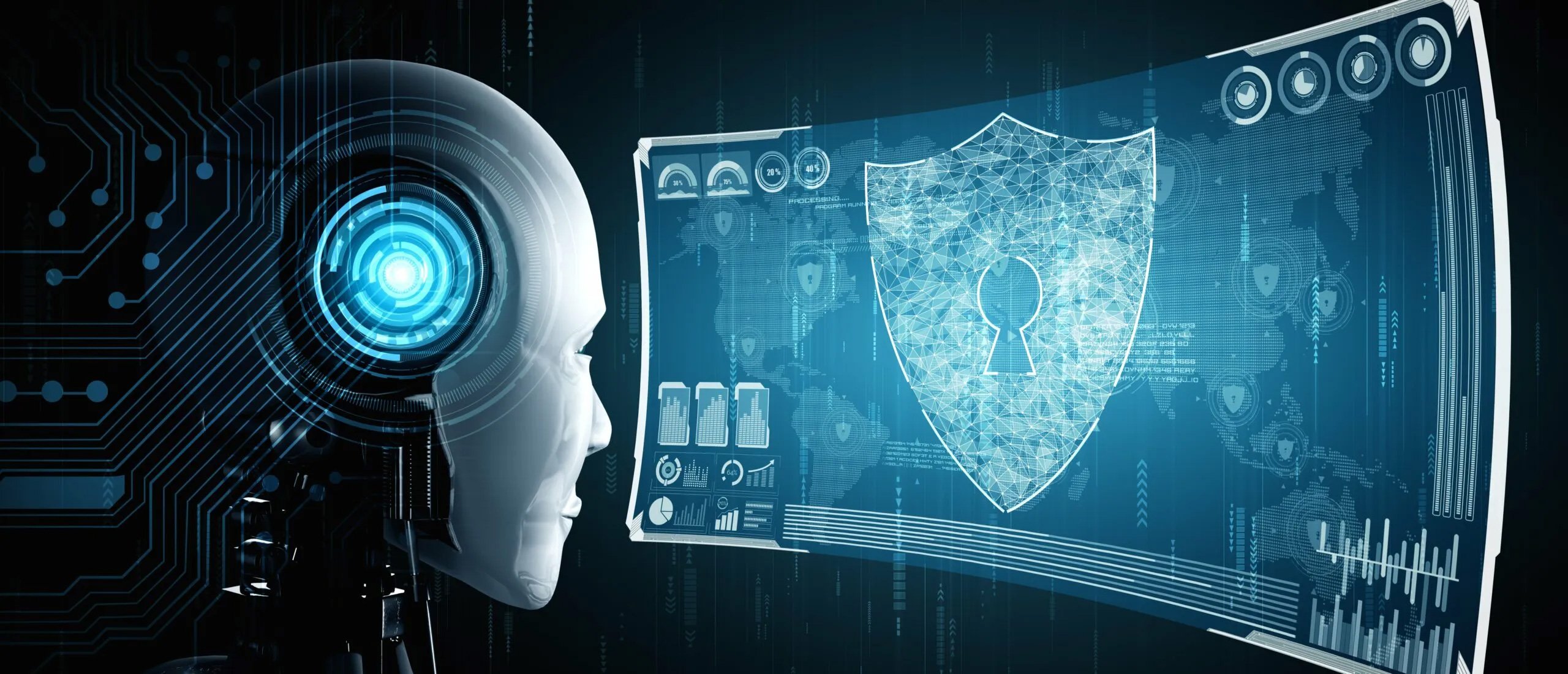
The Transformative Role of Generative AI in Vulnerability and Exposure Management

The modern digital landscape is a battlefield, where cyber threats constantly evolve and escalate. Organizations are under immense pressure to demonstrate tangible value from their security investments. This has led to a growing emphasis on key performance indicators (KPIs) like detection fidelity (the accuracy of identifying true threats), asset coverage (understanding the full scope of what needs protection), Mean Time to Detect (MTTD – how quickly threats are found),Mean Time to Respond (MTTR – the speed of reaction), and Time to Mitigate (TTM – how long it takes to neutralize a threat). Generative AI (GenAI) is not just enhancing these KPIs; it's fundamentally transforming how organizations manage vulnerabilities and exposures.
Enhancing Detection Fidelity and Comprehensive Asset Coverage
One of the most significant benefits of integrating GenAI into vulnerability and exposure management is its ability to enhance detection fidelity while reducing false positives. Traditional security solutions often struggle with accurately distinguishing between genuine threats and benign activities, leading to a high volume of false positives that can overwhelm security teams. GenAI, with its advanced pattern recognition and real-time data analysis capabilities, can sift through vast amounts of information to identify true threats more accurately. This increased precision allows security teams to focus their efforts on genuine risks, thereby improving the overall effectiveness of their security measures.
In addition to improving detection fidelity, GenAI ensures comprehensive asset coverage by integrating and analyzing data from diverse sources. In today's complex IT environments, it is crucial to have a holistic view of all assets to identify and address vulnerabilities effectively. GenAI enables organizations to achieve this by continuously monitoring and analyzing data across all endpoints, networks, and applications. This comprehensive visibility ensures that no asset is overlooked, leading to a more robust security posture and reducing the likelihood of exploitable vulnerabilities going undetected.
Improved Mean Time to Detect (MTTD) and Mean Time to Respond (MTTR)
Speed is of the essence in cybersecurity. The longer a threat goes undetected, the greater the potential damage. GenAI significantly improves MTTD and MTTR by providing real-time analysis and predictive capabilities. It can quickly identify suspicious activities and alert security teams to potential threats, enabling faster response times. By automating the detection and initial response processes, GenAI helps organizations minimize the window of exposure and mitigate the impact of security incidents more efficiently.
Proactive Time to Mitigate (TTM)
Traditional security approaches often involve reacting to threats after they have been detected. GenAI, however, enables a more proactive approach to security. By learning from historical data patterns and current trends, GenAI can predict potential threats before they materialize. This predictive capability allows organizations to implement mitigation strategies in advance, reducing the likelihood of successful attacks. Proactive TTM not only enhances security but also instills greater confidence in stakeholders regarding the organization's ability to manage and mitigate risks.
Dynamic and Contextual Analysis
GenAI transforms static security metrics into dynamic, contextual insights. Traditional security metrics provided snapshots of historical events, offering limited insights into ongoing or future threats. GenAI, on the other hand, enables real-time, contextual analysis of security data. This dynamic approach allows organizations to understand the current threat landscape better and make informed decisions based on the most up-to-date information. By providing insights into ongoing threats and vulnerabilities, GenAI empowers security teams to respond swiftly to emerging risks.
Augmentation of Human Skills
In the realm of cybersecurity, human expertise is invaluable. However, the sheer volume of data and the complexity of modern threats can overwhelm even the most skilled analysts. GenAI augments human capabilities by automating routine, high-volume, and well-defined tasks. This augmentation allows skilled analysts to focus on more complex and demanding tasks, leading to better utilization of human resources and enhancing the overall efficiency of security operations. By offloading repetitive tasks to AI, organizations can ensure that their human talent is directed towards strategic and high-impact activities.
Active Decision Making
The consumption of security metrics is evolving from passive observation to active decision-making tools. Organizations are no longer merely reviewing historical data; they are leveraging AI-driven insights to make strategic choices that enhance their security measures. GenAI turns security metrics into valuable assets that guide organizations in making proactive and informed decisions. This shift transforms security metrics from retrospective tools to strategic assets, enabling organizations to make better, faster, and more proactive decisions that enhance service reliability and reduce costs associated with cybersecurity insurance and service disruptions.
Advanced AI capabilities improve MTTD and MTTR, enabling faster threat response and proactive mitigation. Dynamic insights help organizations understand their threat landscape and make strategic decisions. Automating routine tasks allows security teams to focus on complex issues, enhancing efficiency.




